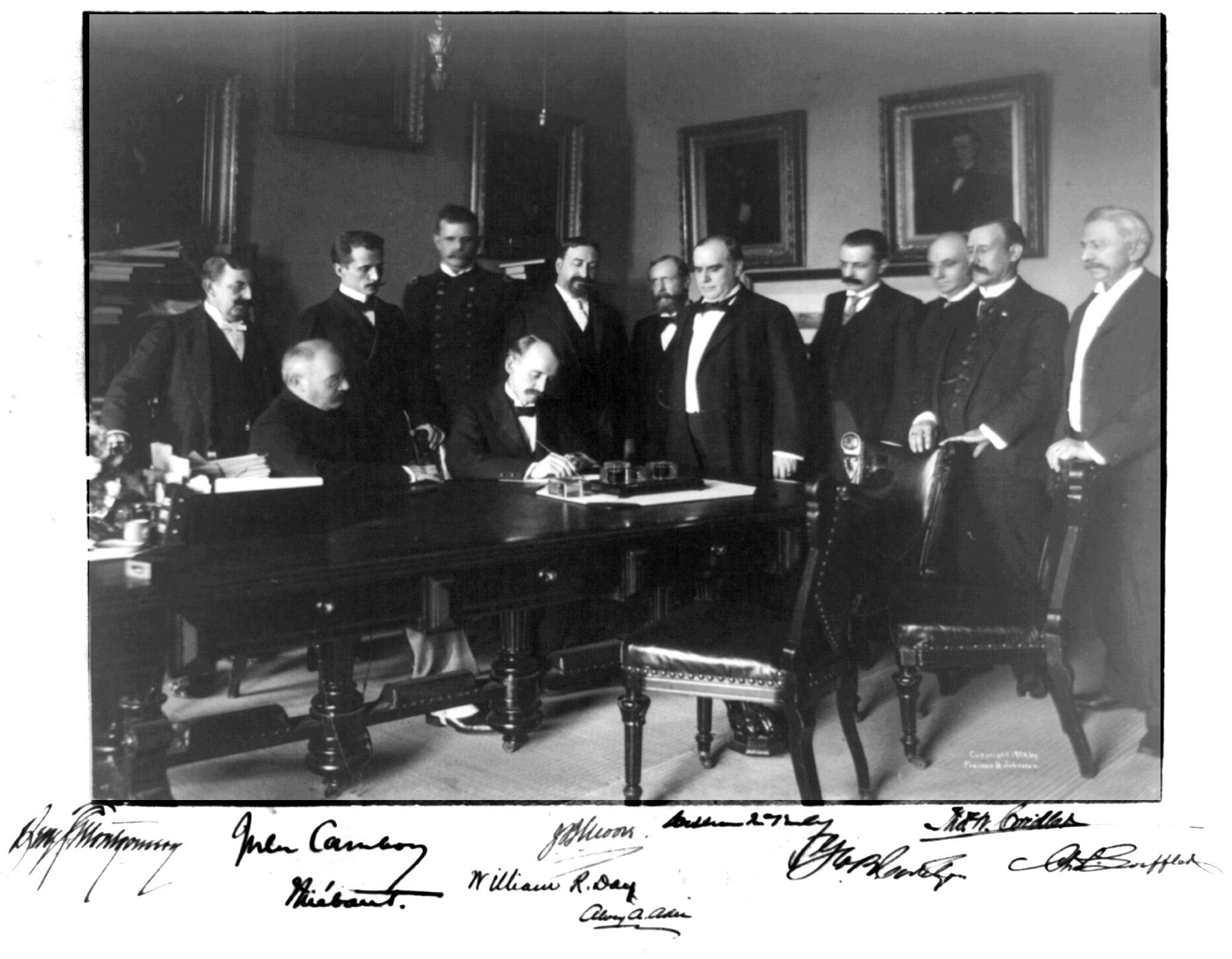I
INITIAL FRENCH ENCOUNTER WITH THE ISLES PHILIPPINES From the Atlas Vallard (1547) to d’Anville's 18th Century Maps: Cartographers and Sailors
Centuries before the formal establishment of its diplomatic relations
with the Philippines in 1947, as early as a few decades after the Portuguese explorer Vasco da Gama’s successful circumnavigation of Africa, and more than half a century even before the British1 sailed the world, France had long already been engaged in developing trade opportunities with the New World and the Far East. The ports of Normandy were the first in France to engage in long distance oceanic trade due to their strategic location along the Atlantic coast and mouth of the river Seine, as well as their long-standing tradition of trade with Portugal, the Netherlands and Britain. France’s King Francis I ordered the construction of the port of Le Havre2 in 1517. His decision defied the Treaty of Tordesillas signed in 1494 that divided lands “discovered” by European explorers between the Portuguese and Spanish crowns along the meridian between the Cape Verde Islands and the West Indies. When Ferdinand Magellan set off for the Far East, his crew included seventeen Frenchmen. Unfortunately, none of them completed the circumnavigation. Throughout this period, the old ports of Dieppe in Normandy gained prominence, thanks to the business activities of Jean Ango,3 who was then the wealthiest French ship owner with a fleet of twenty-one ships. Three of the ships in his fleet were Spanish caravels captured from the command of conquistador Hernán Cortés. The vessels were transporting treasures of the last Aztec emperor Cuauhtémoc, en route to the Spanish King and Holy Roman Emperor Charles V, when Ango’s Captain Jean Fleury intercepted them. 3
DISCOV _INT PP 050719.indd 15
5/7/19 8:47:25 PM


































